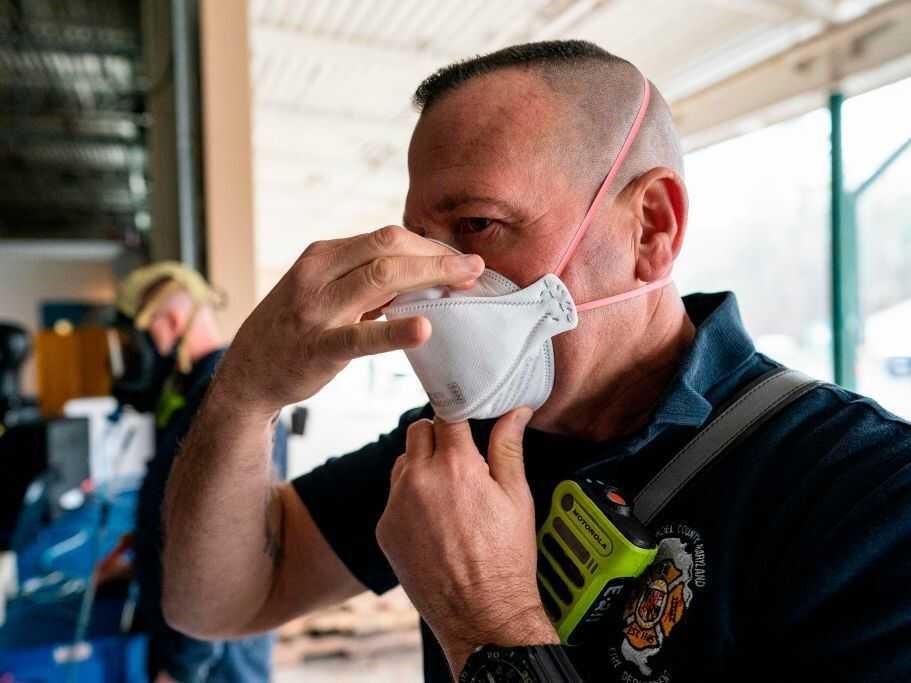
Respirator Mask Fit Testing
How to ensure proper respirator mask fit testing
It’s no secret that respirator masks play an important role in protecting workers from hazardous particles or gases in the workplace. But ensuring a proper fit for these masks is critical to achieving the desired level of protection. There are specific steps that must be followed to ensure accurate and reliable results, and it is crucial that all workers understand the importance of this safety measure. In this article, we will outline the steps involved in proper respirator mask fit testing, so that you can be sure your employees are safe and protected.
What is a respirator mask and why is it important to have a proper fit?
A respirator mask is a device worn over the mouth and nose to protect the wearer from breathing in harmful substances. It is important to have a proper fit for these masks, as an improper fit can lead to reduced protection and possible health risks. In this article, we will discuss the importance of having a proper respirator mask fit, and outline the steps involved in ensuring a good fit.
How do you ensure a proper fit for a respirator mask?
There are a few key steps that must be followed to ensure a proper fit for respirator masks. First, the mask must be properly fitted to the individual’s face. This involves adjusting the straps and fitting the mask tightly against the face. It is also important to make sure that the mask seals well against the skin, so that no harmful particles can escape. In addition, workers should always clean their respirator masks according to the manufacturer’s instructions, in order to ensure that they are performing at their best.
It is important to note that not everyone will be able to wear a respirator mask comfortably, as different faces will require different fits. Some workers may find that a full-face respirator mask does not fit well, or is uncomfortable to wear for an extended period of time. In these cases, it may be necessary to try out a variety of masks until one is found that fits comfortably and provides adequate protection from hazardous particles or gases.
Ensuring a proper fit for respirator masks is critical to protecting workers from harm. By following these simple steps, you can be sure that your employees are safe and protected while in the workplace.
What are the steps involved in proper respirator mask fit testing?
There are a few key steps that must be followed to ensure a proper fit for respirator masks. First, the mask must be properly fitted to the individual’s face. This involves adjusting the straps and fitting the mask tightly against the face. It is also important to make sure that the mask seals well against the skin, so that no harmful particles can escape. In addition, workers should always clean their respirator masks according to the manufacturer’s instructions, in order to ensure that they are performing at their best.
It is important to note that not everyone will be able to wear a respirator mask comfortably, as different faces will require different fits. Some workers may find that a full-face respirator mask does not fit well, or is uncomfortable to wear for an extended period of time. In these cases, it may be necessary to try out a variety of masks until one is found that fits comfortably and provides adequate protection from hazardous particles or gases.
Ensuring a proper fit for respirator masks is critical to protecting workers from harm. By following these simple steps, you can be sure that your employees are safe and protected while in the workplace.
What are the steps involved in proper respirator mask fit testing?
- The mask must be properly fitted to the individual’s face. This involves adjusting the straps and fitting the mask tightly against the face. It is also important to make sure that the mask seals well against the skin, so that no harmful particles can escape.
- Workers should always clean their respirator masks according to the manufacturer’s instructions, in order to ensure that they are performing at their best.
- It is important to note that not everyone will be able to wear a respirator mask comfortably, as different faces will require different fits.
- Some workers may find that a full-face respirator mask does not fit well, or is uncomfortable to wear for an extended period of time. In these cases, it may be necessary to try out a variety of masks until one is found that fits comfortably and provides adequate protection from hazardous particles or gases.
- Ensuring a proper fit for respirator masks is critical to protecting workers from harm. By following these simple steps, you can be sure that your employees are safe and protected while in the workplace.
It is also important to remember that once the fit of a respirator mask has been established, it should be tested regularly. Fit testing should be done on an annual basis for any employees who are required to wear respirator masks. It is also recommended that workers receive periodic training on proper usage of respirator masks and fit testing protocols
Why is it important to follow these steps accurately?
The steps involved in proper respirator mask fit testing are important because they ensure that workers are adequately protected from hazardous particles or gases in the workplace. By following these steps accurately, employers can be sure that their employees are safe and protected while working.
It is critical that all workers understand the importance of proper fit testing, and follow the steps accurately to ensure accurate results. If a mask does not fit properly, it will not provide adequate protection from harmful particles or gases, putting workers at risk for injury.
It is also important to remember that fit testing should be done on an annual basis, and that workers should receive periodic training on proper usage of respirator masks and fit testing protocols. By following these guidelines, employers can be sure that their employees are safe and protected while working.
What are the consequences of not properly fitting a respirator mask?
If a respirator mask does not fit properly, it will not provide adequate protection from harmful particles or gases, putting workers at risk for injury. In some cases, it may be necessary to try out a variety of masks until one is found that fits comfortably and provides adequate protection. It is also important to remember that fit testing should be done on an annual basis, and that workers should receive periodic training on proper usage of respirator masks and fit testing protocols.
How can workers be sure they are using respirators correctly?
Many workers may not be familiar with how to use respirators correctly, which can lead to improper fit and decreased protection from harmful particles or gases. In order to ensure that workers are using their respirators correctly, it is important to provide periodic training on how to use them properly.
Trainers should cover a variety of topics, including how to adjust the straps on the mask, how to ensure a good seal against the skin, and how to clean the mask according to the manufacturer’s instructions. It is also important to remind workers that not everyone will be able to wear a respirator mask comfortably, as different faces will require different fits.
Some workers may find that a full-face respirator mask does not fit well, or is uncomfortable to wear for an extended period of time. In these cases, it may be necessary to try out a variety of masks until one is found that fits comfortably and provides adequate protection from hazardous particles or gases.
By following these simple tips, workers can be sure they are using their respirators correctly and safely.
Proper respirator mask fit testing is an important process to ensure that workers are adequately protected from hazardous particles or gases in the workplace. By following these simple steps, employers can be sure that their employees are safe and protected while working. It is also important to remember that fit testing should be done on an annual basis, and that workers should receive periodic training on proper usage of respirator masks and fit testing protocols.
Click here to book a Respirator Mask Fit Testing session.
Click here for the Government of Canada rules and regulations regarding respirator masks.
Recent Blogs
- What Can I Expect From a Respirator Mask Fit Test?
- Respirator Mask Fit Testing
- Respirator Mask Fit Testing
- Why Getting Your WHMIS Certificate is Essential for Workplace Safety
- Small Business Safety Consulting
- Counterbalance Forklift Training Etobicoke
- Preventing Eye Injuries
- National Day of Mourning - April 28
- Fire Safety Training Etobicoke
- Counterbalance Forklift Training Markham
- Spill Response Training Markham
- Reach Forklift Training Mississauga
- Health and Safety Audit Services
- Onsite Training for Truck Mounted Forklifts (Moffett Trucks)
- Reach Forklift Training Pickering
- Fire Safety Training Vaughn – Essential Training
- Reach Forklift Training Milton
- First Aid and CPR Training
- Reach Forklift Training Burlington
- Reach Forklift Training Vaughan

